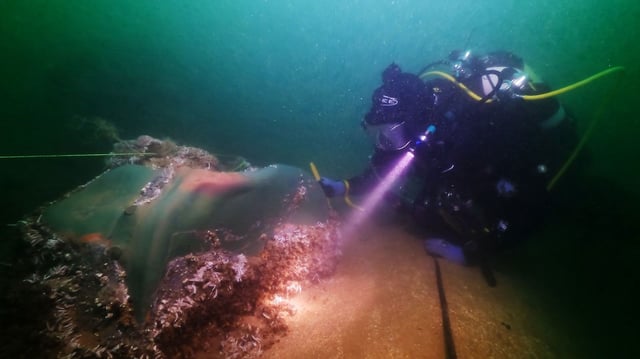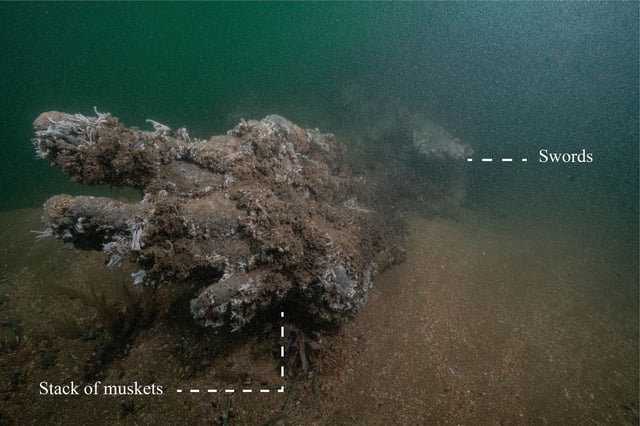Overview
- Deep-sea and geophysical surveys have mapped extensive sections of the 17th-century hull, uncovering iron cannons, swords, muskets, copper cauldrons and sealed chests
- Shifting sandbanks off the Kent coast exposed about two-thirds of the wreck last summer, allowing archaeologists to conduct detailed in situ documentation
- Historic England warns that strong currents and wood-boring organisms threaten to degrade exposed timbers as migrating sands rebury the site
- Cost and logistical challenges rule out any plans to raise the Northumberland, leaving it under periodic monitoring rather than full recovery
- Historians hail the wreck as a Stuart-era time capsule that fills the gap between the Mary Rose and HMS Victory, shedding light on Samuel Pepys’s naval reforms


